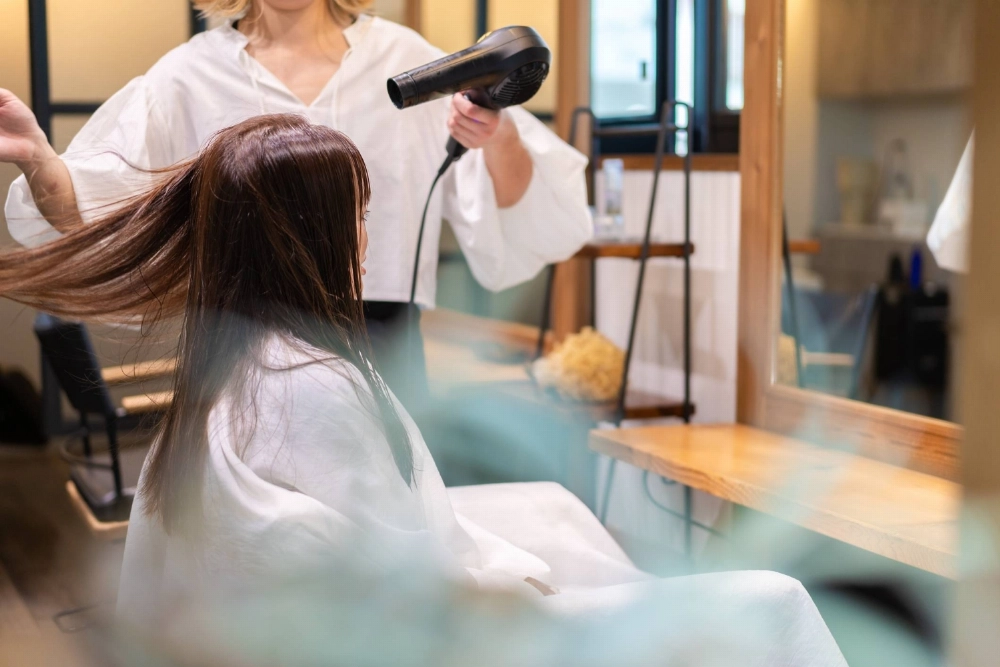Have you ever left the hair salon disappointed or in tears? Though it’s not as common today, there used to be a word for it in Japanese: 上げ劣り(ageotori) — the tinge of sadness felt after an unsatisfactory haircut. Placing the fate of your 髪の毛 (kami no ke, hair) in someone else’s hands doesn’t have to be so intimidating, though.
The key to feeling スッキリ (sukkiri, refreshed) and 大満足 (daimanzoku, fully satisfied) with your salon visit lies in knowing your 髪質 (kamishitsu, hair type). This increases your chance at finding a 美容室 (biyōshitsu, beauty salon), 床屋 (tokoya, barber) or バーバー (bābā, barber), or 専門家 (senmonka, specialist) that can handle your hair type, properly care for it and achieve your 希望の髪型 (kibō no kamigata, desired hairstyle).
According to Curly Girl Rin, a Japan-based curly hair advocate and brand owner of Curly Me, what you research 予約前 (yoyaku-mae, prior to booking) matters just as much as the 予約 (yoyaku, appointment) itself. For textured hair, for example, searching #癖毛を活かす(kusege o ikasu, embracing your curly hair) versus #癖毛トリートメント (kusege torītomento, curly hair treatment) on social media can mean the difference between finding services that enhance and care for your curls, like the former, and those designed to smoothen and hide them, the latter.

















With your current subscription plan you can comment on stories. However, before writing your first comment, please create a display name in the Profile section of your subscriber account page.